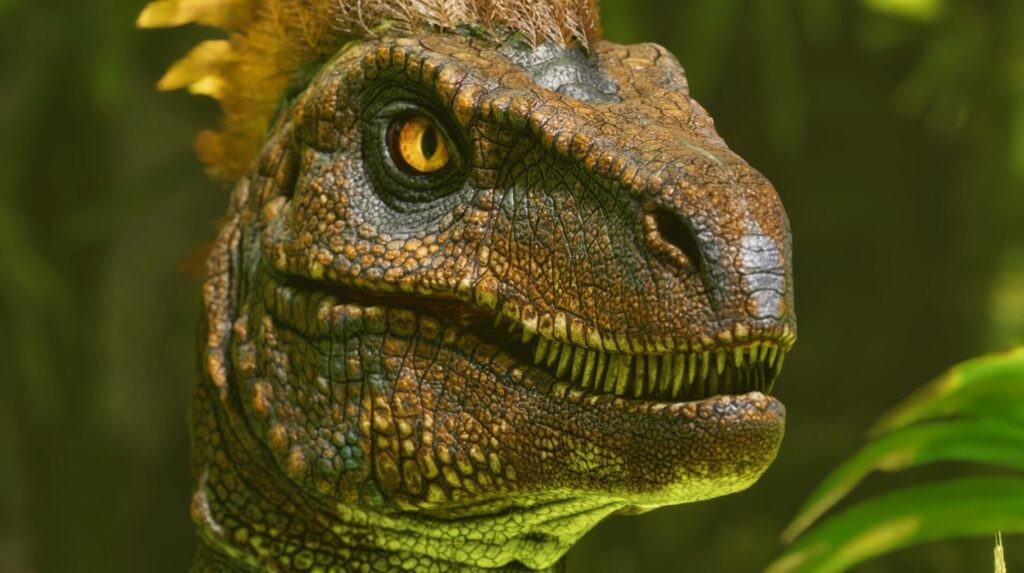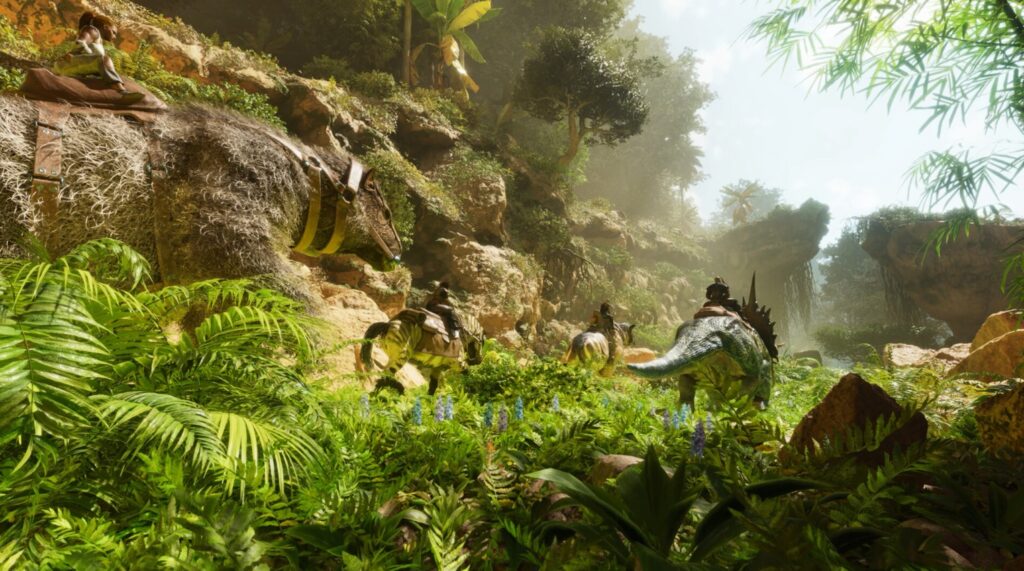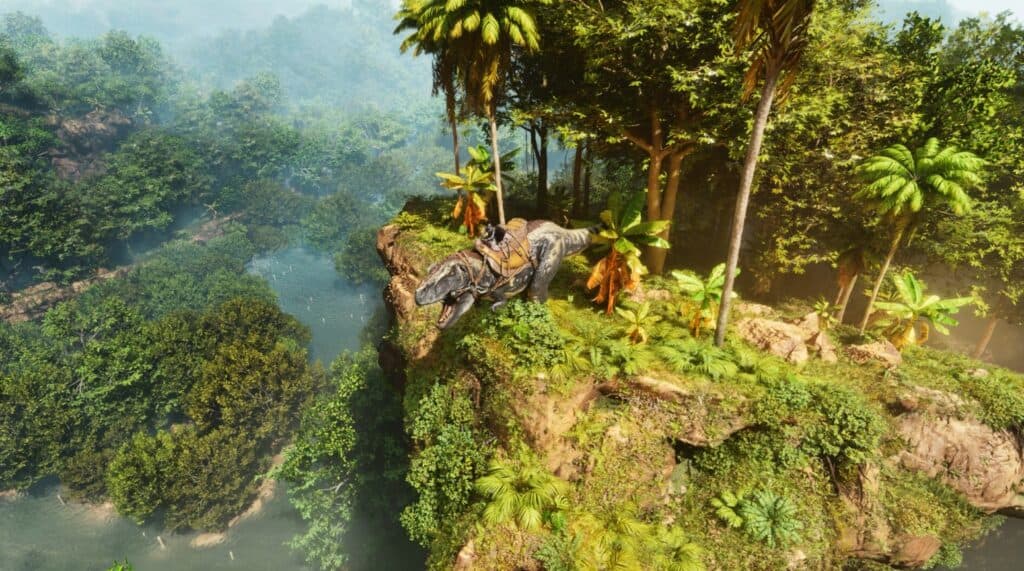There is nothing like playing God in ARK: Survival Ascended by messing around with mutations and breeding. Creating the most powerful dinosaurs and raising an army through selective breeding is one of the core gameplay mechanics. However, it’s also one of the more complex mechanics of the game, which requires a bit of trial-and-error to take advantage of.
In this guide, I’ll show you how mutations and breeding work in ARK: Survival Ascended.
How Breeding Works
Breeding in ARK: Survival Ascended requires two tamed dinosaurs of the opposite sex and the same species. Keep them within mating range of each other, and then make sure to set them to either wandering or mate. After some time, they’ll lay an egg, which you can claim after it hatches.
Make sure they stay in close contact with each other, because if they wander off out of the mating range, you’ll have to start the mating all over again. If it works, you should be seeing a heart-shaped icon on top of their heads when they’re mating. It is possible to mate multiple females with one male.
The child that results from the mating will inherit the stats from the parents. However, it can be unpredictable. Sometimes the breeding produces a child who’s at a lower base level than both of its parents and inherits their worst stats. There are times where breeding produces a child who’s at the same current level as their parents and has all the best stats.
ARK: Survival Ascended doesn’t limit breeding to just one child either. There’s a small chance that your dinosaurs will produce twins or even triplets. However, due to its random nature, it’s almost impossible to predict.
How Mutations Work
Each offspring from your pair can develop up to three mutations. Each mutation has a small chance of occurring. For every mutation that occurs, it’ll appear on either the matrilineal or patrilineal sides of the dinosaur’s ancestry.
You can also stack mutations early by breeding for them. There’s no need to save up for when you find the perfect dinosaur to breed since mutations aren’t stacked at base level anymore. It’s one change Ascended has made from Evolved.
Every time you get a mutation, you get both a stat mutation and a color mutation. It’s easier to tell when a dinosaur has mutations if they have a different color from the rest, exhibiting almost a neon-like glow to them. However, they can sometimes be harder to notice if the color mutation isn’t as obvious.
Dinosaurs with mutations usually gain a few level increases, usually +2 or so, and a boost for one of their stats. However, you’ll occasionally see a decrease in levels, depending on the mutation itself. For example, if you breed two Level 1 dinosaurs and the child has a mutation, it’ll most likely be at Level 3. If both parents had a 100 health, then the child would be at 195 HP. It becomes harder to calculate at higher levels, but those are the fundamentals of mutations in ARK: Survival Ascended.
That explains how Breeding and Mutations work in ARK: Survival Ascended. For more run-throughs like this one, be sure to check out our other ARK: Survival Ascended guides here.






